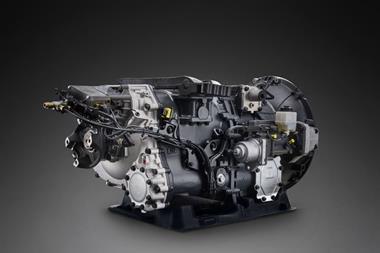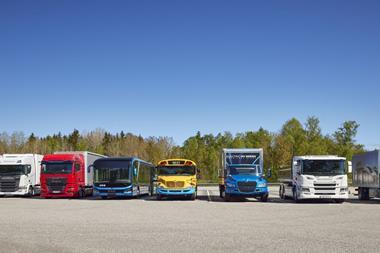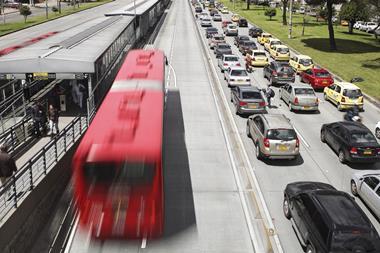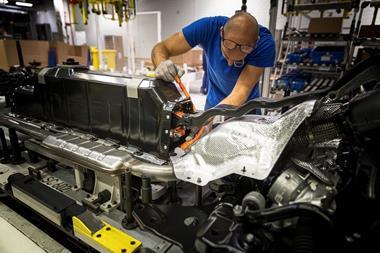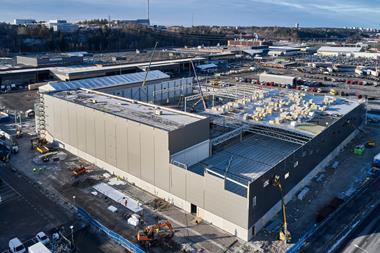The managing director of Scania India came to the country on February 1 last year to oversee the final construction of Scania's greenfield factory near Bangalore, and the start of production for trucks and buses
 Nick Gibbs (NG): Are you optimistic about the Indian truck market?
Nick Gibbs (NG): Are you optimistic about the Indian truck market?
Anders Grundströmer (AG): The all-time low of the market has turned. As we speak now, you can see growth in the business in India for sure.
NG: You’ve said you’re planning to sell 2,500 trucks and 1,000 buses a year. Will you be able to increase that?
AG: Absolutely. Our first phase has a capacity of 3,500. We expect to double that when we come to 2017.
NG: Do you plan move to full assembly?
AG: Our mining trucks are now localised to 40%, same as our coal 8x4 tipper trucks. Our Metrolink coach is 100% localised on the body and 20% localised on the chassis. Of its total value, the coach is localised to 70%. We are going deeper and deeper into the product; but the local suppliers must qualify on quality on a global level.
NG: Is sourcing locally easy?
AG: All our suppliers in Europe are here or are coming here. Then it’s the question: do they have the same quality in India as in Europe? In some cases yes, some cases no. But we have more global suppliers in India than in Brazil, for example. By localising in India, our experience is that we can reduce cost levels by up to 50%.
NG: With those cost savings, could you start to compete with the non-premium sector?
AG: We don’t have any plans to compete with non-premium makers. Even with localising we are still very much premium compared with local products.
"Tata is the local producer I have the highest respect for. They are not matching the European drivelines, but they are coming, they are definitely coming"
– Anders Grundströmer, Scania India
NG: Why do operators buy premium trucks?
AG: We don’t talk about price; we talk about total operating economy. For any operator in India, 50% of cost is fuel and we are very fuel-efficient. Our engines are round 400hp and typically local trucks are around 220-250hp.
In India many people think low hp is high economy. They don’t understand if you have a bigger engine on lower revs you use less fuel. The second reason is that our trucks have a very high residual value.
NG: Can the local truck-makers adapt to new safety and emissions regulations?
AG: Absolutely. Tata is the local producer I have the highest respect for. They are not matching the European drivelines, but they are coming, they are definitely coming. The Tata Prima is the best Indian truck; it remains to be seen how Ashok Leyland can come into this segment.
The safety and environmental regulations are slowly pushing up the Indian market to more expensive buses and trucks. The intercity coach market is already there – the growing middle-class is demanding premium products when they travel.
NG: What is the average age of trucks in India?
AG: Most trucks from local producers look like they’re 50 years old and you are surprised to learn they are only four to ten years old. They look old after two years.
NG: Will you localise engine production?
AG: We don’t need to at the moment. The heart and soul of the truck is the driveline. You have to be very careful when localising because it also impacts on fuel consumption. Consumption is the most important thing in India.

AG: That most customers we talk to are professional in their mindset. I have the same kind of conversation with the top-end customers as I did in Europe; they are very, very mature in their thinking. The majority are very immature, and the big focus is to buy cheap trucks. Those are not our customers.
NG: Are you happy with productivity?
NG: Yes. Our strategy is to recruit students fresh from the high schools; they are well educated and speak good English. We train them for three months in our way of thinking. It’s fun to see how quickly they learn and how quickly they improve productivity. We don’t recruit so much from competition. The average age of our workforce is somewhere between 20-25.





























